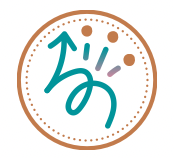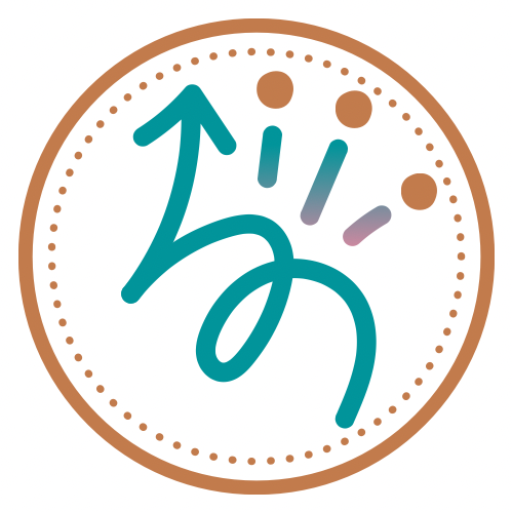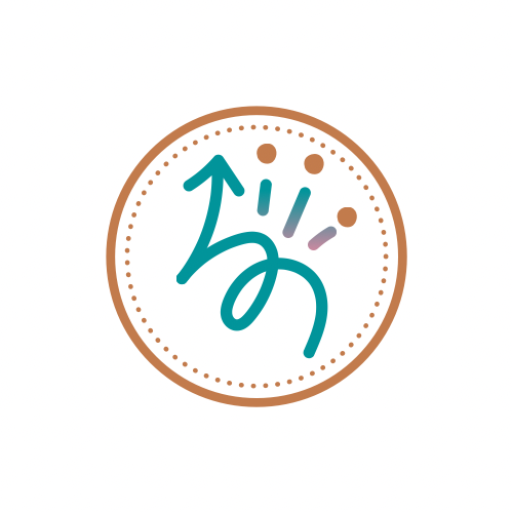Long Handled Mirror: A Daily Skin Check Inspection Tool
Long handled mirrors are perfect for inspecting skin integrity in hard-to-reach areas such as the feet and backside. The long handled mirror daily living aid can be used everyday to inspect diabetic sores and swelling, and can also be used as a preventative tool to help avoid skin sores. Quick DIY occupational therapy step-by-step tutorial, this type of adaptive equipment can be used to improve independence in self-care for those with limited mobility.

This content is not intended as a substitute for medical advice, diagnosis, or treatment. Always seek the advice of your physician, therapist, or other medical professional regarding a medical condition or treatment. This content is for informational purposes only. See full disclosure here.
All links in this post are non-affiliate links and are provided for your convenience.
What Is A Long Handled Mirror?
A long handled mirror is an ideal tool for anyone with limited mobility to be able to see unattainable, hard-to-see spots and preform skin checks. These are ideal for those diagnosed with diabetic neuropathy, poor circulation, and for anyone wanting to preform skin checks to prevent skin sores. Long handled mirrors purchased online or at a medical supply store often include a retractable handle, telescoping and/or bendable self-inspection mirror, and a built up handle for a better, wider gripping surface.
The DIY Long Handled Mirror
For today’s project, we will be attaching a 5/8″ dowel rod or PVC pipe to a double sided, adjustable mirror using two zip ties. One side of the mirror is magnified, and can be purchased at Target. The length of my dowel rod measures 27 inches. The length and width of your long handled device can be adjusted based on your needs and height.
Add a built up handle for a better gripping surface. A small flashlight can also be added to the mirror for better inspection and increased visibility using duct tape to secure.
The Importance of Skin Checks For The Diabetic Patient or Those With Poor Circulation?
Individuals diagnosed with diabetes mellitus should perform daily skin checks as a part of the daily self care routine. According to the American Diabetes Association, skin problems are often one of the first signs of diabetes.
The 2023 research study on the efficacy of diabetic skin care protocol, complications associated with diabetes mellitus such as skin related problems are a significant concern. “Changes in blood circulation, compromised immune responses, and nerve damage increase the risk of skin issues”, (Pascaline, et al. 2023). It is vitally important to perform daily skin checks and alert your doctor if you have any concerns.
If you have diabetes, it is necessary to check your feet everyday for sores and open wounds. Effective daily skin checks are crucial in managing and preventing diabetes-related skin problems. If you see a sore, cut, open wound, swelling, discoloration, or other changes contact your physician right away. Keeping an eye on any skin changes is an important aspect of daily diabetes skin care.

What Is The Purpose Of A Long Handled Mirror?
Long-handled mirrors are a great skin care inspection tool for anyone with limited mobility, diabetes mellitus, limited sensation in the feet, or for those who have difficulty bending to be able to see hard-to-view areas. These areas not only include the bottoms of the feet and between the toes, but also the back side to search for skin differences and bed sores. This adaptive aid is great for:
- Diabetic neuropathy care
- Older adults with limited mobility
- During stroke recovery
- Limited sensation in the lower extremities
- Poor circulation
- Skin breakdown prevention
- Spinal cord or brain injury
- After an injury affecting mobility
This tool can be used as a preventative to check for any areas of redness or potential breakdown of the skin, skin lesions or injury sites as well as to prevent skin lesions by monitoring daily.
Skin Inspection Areas
- The backside
- Feet
- Between the toes
- Fingernail and toenail inspection
- Behind the legs
- Bottom side
- Skin folds such as around the groin, under the breasts, and armpits
- Any other hard to see areas
This mirror can be used to perform daily self skin checks inspecting for:
- Sores
- Cuts and scrapes
- Blisters
- Discolored areas (yellowing, redness, or browning)
- Bumps
- Rashes
- Skin wear and breakdown
- Calluses
- Swelling
- Cracks
- Inspect between toes for signs of infection
- Fingernail and toenail inspection including toenails that are thick, discolored, or brittle
- Ingrown toenails
- Signs of infection including redness, pain, swelling, drainage
- Other skin changes
Contact your doctor right away if you see any of these skin changes. In addition, contact your doctor, physical therapist, or occupational therapist to learn more about how to perform daily skin checks and signs to watch for.

Signs Of A Skin Infection
If you have you have signs of infection, it’s important to immediately contact your health care provider.
Signs of infection include:
- Redness
- Swelling
- Pain
- Drainage
- Hot, swollen painful skin
- Dry, crusty skin
- White drainage
- Scaly patches
Implementing A Good Skin Care Daily Routine
According to the American Diabetes Association, there are several strategies that you can do on a daily basis to prevent skin problems:
- Keep your diabetes well managed with the guidance of your physician
- Keep your skin clean and dry
- Avoid very hot baths and showers
- Apply lotions as needed but, avoid putting lotion between the toes to avoid fungus growth between the toes.
- Try to avoid scratching dry, itchy skin as this can open the skin and cause potential infection
- Treat cuts immediately by washing minor cuts with soap and water. Use antibiotic ointment as approved by your physician. See your doctor or dermatologist immediately for major cuts, burns, any signs of infections, or for cuts you cannot manage yourself.
- Keep your home more humid during the winter months.
- Use mild soaps
- Take good care of your feet by checking your feet everyday for sores or cuts.
- Every time you put on your shoes, check for foreign objects such as rocks or other debris.
- Always walk with shoes on. Do not walk barefoot.
- Wear flat soled shoes that fit well.
- Trim your toenails regularly.
Other Type Of Daily Living Aids
How To Make A Long Handled Mirror
Materials
- Adjustable, handled mirror such as this one at Target
- 5/8″ inch wide dowel rod or PVC pipe, approximately 27-28 inches long (though length can be adjusted based on your needs)
- 2 zip ties
- Scissors
- Duct tape, recommended but optional



Instructions
- Place and tighten two zip ties as seen in the picture. The zip ties should be a couple inches apart. Trim the excess plastic tail.
- Cover the ends of the zip ties to prevent scratches using duct tape or other adhesive material of choice. Create a small duct tape pad by folding a small piece of duct tape over on itself a few times. Take a second piece of duct and secure the pad over the zip tie heads as seen in picture. Recommended, though optional.
- Done!

Resources
- American Diabetes Association’s article on Diabetes and Skin Complications
- Research article on the efficacy of skin care protocol on new diagnosed diabetes patients
- Adjustable, double sided handheld mirror with magnification found at Target








